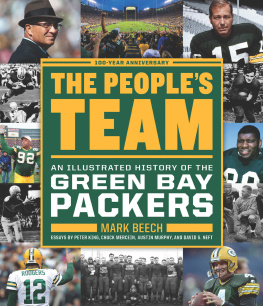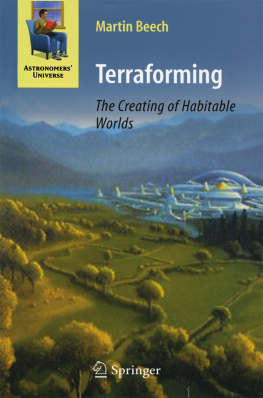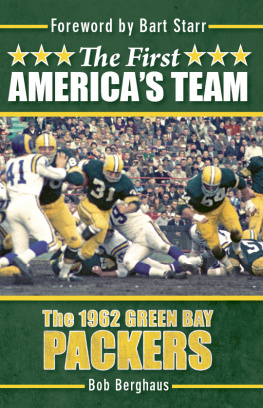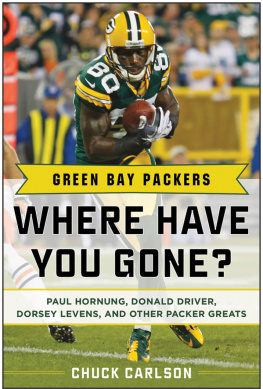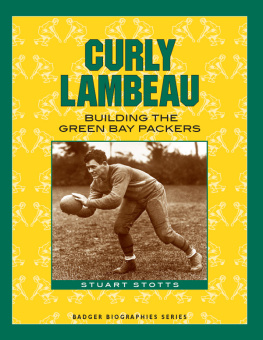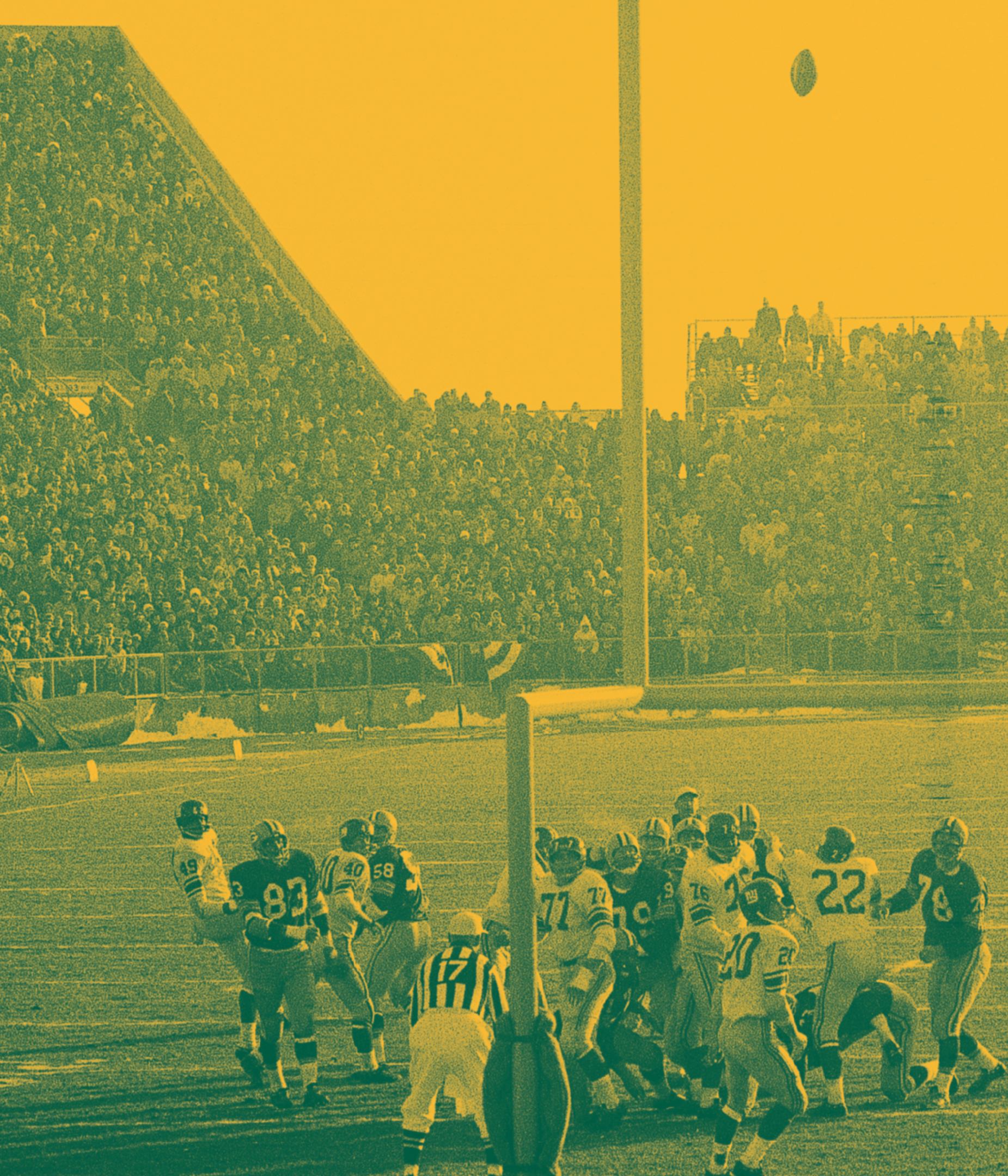Copyright 2019 by Mark Beech
All rights reserved
For information about permission to reproduce selections from this book, write to or to Permissions, Houghton Mifflin Harcourt Publishing Company, 3 Park Avenue, 19th Floor, New York, New York 10016.
hmhbooks.com
Library of Congress Cataloging-in-Publication Data is available.
ISBN 978-1-328-46013-4
Photo research by Maureen Cavanagh
Author photograph Guillermo Hernandez Martinez / The Players Tribune
Cover design by Nate Beale/SeeSullivan
Cover photographs: FRONT, CLOCKWISE FROM TOP LEFT : Focus On Sports/Getty Images; Rica Tapia/AP Images: Bettmann/Getty Images; The Sporting News/Getty Images; Vernon Biever/AP Images; Bettmann/Getty Images; George Gojkovich/Getty Images; The Neville Public Museum of Brown County; Streeter Lecka/Getty Images; Pro Football Hall of Fame/AP Images; John Biever/Icon Sportswire/Getty Images; Vernon Biever/AP Images
eISBN 978-1-328-45990-9
v2.1019
To my teamAllison, Nate, and Annie
Foreword
Football defines the city of Green Bayto itself and to the rest of the world. It is the smallest town in the National Football League, but it is also home to more championships than any other. The seal of the city not only includes its nickname, Titletown, USA, but also the Packers logo (a G in the shape of a football), which is featured prominently in the design. Anyone flying the flag of the city of Green Bay is also flying a flag for the Packers, which, appropriately, makes it handy for tailgating.
In Green Bay, the Packers and their history are everywhere. The cozy two-story brick house where Curly Lambeau was born still stands at 615 North Irwin Avenue, not far from City Stadium, where the Packers played from 1925 through 1956. Over on South Adams Street is St. Willebrord Catholic Church, where Vince Lombardi used to attend weekday Mass. Around the corner is the Brown County Courthouse, a copper-domed beaux arts dreadnought of a building that in 1933 was the site of the near ruination of the franchise, when a disgruntled fan sued it into insolvency. And 315 Cherry Street, the old home of the Green Bay Press-Gazette, is the site where, on August 11, 1919, the Packers were born. A bank takes up most of the block nowthe original building was razed in 1948but a green-and-gold historical marker stands near where the entrance to the papers offices used to be.
There are similar signposts all over Green Bay. Visitors who want to immerse themselves in the legend of the littlest and most illustrious city in pro football can walk the Packers Heritage Trail, a four-and-a-half-mile circuit through downtown that, in stops at 17 different locations, tells the story of the first 50 years of the NFLs only publicly owned team. (There are eight more markers on two separate spurs that are more easily visited by bicycle or car.) In Boston you can walk the Freedom Trail, a two-and-a-half-mile red-brick line passing 16 historic sites that tell the story of the American Revolution and the founding of the nation. In Green Bay, the walking tour may be of less national import, but it is no less profound.
The Heritage Trail is the creation of Cliff Christl, who, before he became the Packers historian, in 2014, spent 36 years covering the team for four different Wisconsin newspapers, including the Press-Gazette. It was in that capacity that the Green Bay native played his own crucial role in the history of the Packers. In the spring of 1974, when the paper put the 27-year-old Christl on the beat full-time, managing editor Larry Belonger instructed him to cover the team as aggressively as writers from big cities would cover theirs, and to not be afraid to criticize. It was an abrupt shift for the Press-Gazette, which had nursed and coddled the Packers through the first 50 years of their existencewhen Green Bay always seemed to be operating on the brink of financial disaster. (No Press-Gazette, no Packers, Christl says.) The young reporters approach frequently put him at odds with the franchise, which was then an NFL laughingstock. Christl tangled on several occasions with coach Bart Starr, who had been the starting quarterback in the first Packers game that Christl can remember attendingon November 18, 1956, when Green Bay lost 1716 to the San Francisco 49ers in the final game at old City Stadium.

Now 72, Christl has a face that wears a look of constant skepticism, with pursed lips and eyebrows that seem to always be on the rise. His approach to Packers history is the same as it was to being a beat writer: meticulous, methodical, and scrupulously impartial. Jason Wilde, who covers Green Bay for ESPN Wisconsin but has been shadowing the team for 23 years, the first 13 at Madisons Wisconsin State Journal, calls Christl the godfather of the Packers beat. Cliffs approach was never about favors; it was to tell the truth unwaveringly, Wilde says. It was not to give the players that were sources for him preferential treatment. I think thats why all of us covering the team now have a high level of respect for Cliff and try to emulate him.
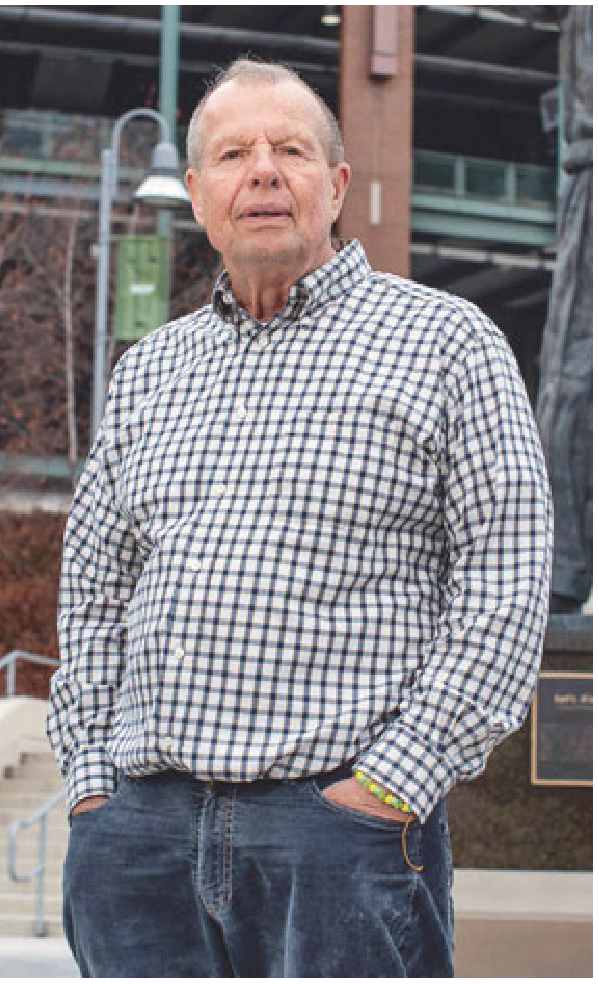
Cliff Christl, a former sports reporter at four Wisconsin newspapersincluding the Green Bay Press-Gazettebecame the Packers historian in 2014.
There are no ink-stained wretches in the news business anymore, but Christl has been marked by his profession in other ways. The index finger on his right hand is turned 90 degrees toward his pinkie, a condition that, while not painful, has made it extremely difficult for him to hold a pen. A few years ago he visited a hand specialist, who confessed to being baffled and who then told him that his best guess was that it was the result of severe writers cramp.
Its certainly possible. Christl was writing in notebooks long before he became a reporter. When he was in high school at Green Bay East, his mother and stepfatherChristls biological father, Clifford H. Christl, died when he was 13used to send him to his room in the evenings to do his homework. But I had no interest in doing homework, he says with a smile. Instead he would keep his own record books for the NFL, the NBA, and Major League Baseball, with the rosters and game-by-game and season stats for every team. He kept track of scoring by position, picked his own all-star teams, and charted every draft. I dont know if I was ever a fan, even as a kid, he says. What I was interested in were the players, in studying and learning.
Christl still has the old three-ring notebooks into which he entered everything. He keeps them on the shelves of the floor-to-ceiling cabinet that takes up one wall of his office in the Green Bay condo that he lives in with his wife, Shirley. The room overlooks the eastern side of the Fox River and looks exactly as you would hope the office of the Packers historian wouldall green paint and darkly stained wood. Journalism awards hang from one wall. A program from the last game at old City Stadium sits on a shelf under plastic in a stand next to a program from the first game at the new one. There is a second bookshelf, as well as seven tall file cabinets that fill a walk-in closet and part of another room. Its the best pro football library outside of Canton, Ohio, Christl says.

